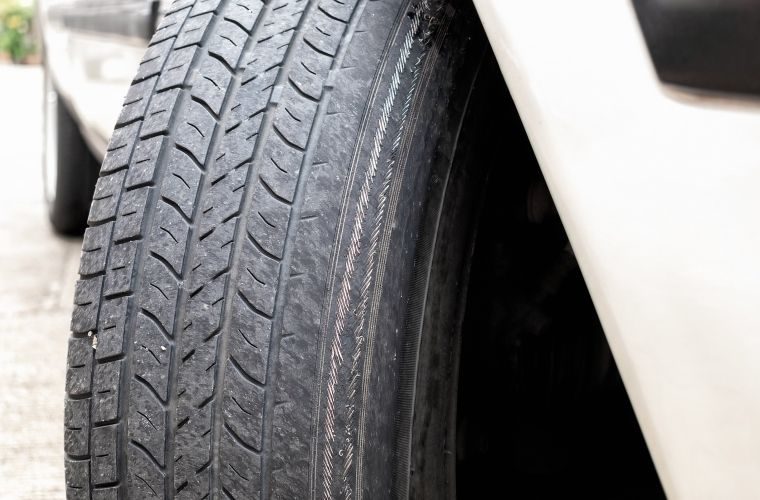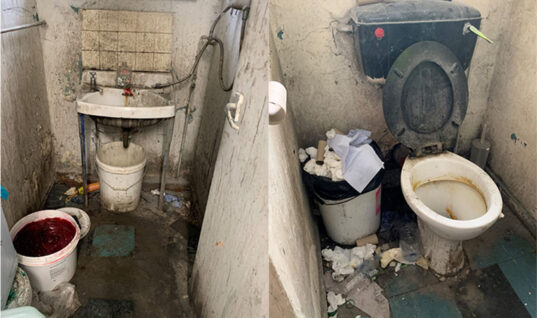Scientists are “increasingly concerned” by the health impact of air pollution produced by the wear of tyres.
The warning, from scientists at Imperial College London, follows UK government data which shows significantly more tiny pollution particles now come from tyre erosion than are emitted from vehicle exhausts.
The report estimates that 52 per cent of all the small particle pollution from road transport came from tyre and brake wear in 2021, plus a further 24 per cent from abrasion of roads and paint markings.
It compares to just 15 per cent of the emissions which came from the exhausts of cars and a further 10 per cent from the exhausts of vans and HGVs.
UK exhaust emissions have fallen by 90 per cent since 1996, according to the government data.
It means that the particles from tyres, brakes and roads have become the main cause of pollution from traffic.
Experts warn that small particles become airborne and can be inhaled deep into the lungs.
Air pollution causes 26,000 to 38,000 early deaths a year in England and particle pollution has been linked to a wide range of diseases.
Larger particles are washed or blown into rivers and seas, the scientists said.
Dr Zhengchu Tan, of Imperial’s department of mechanical engineering, said: “Tyre wear particles pollute the environment, the air we breathe, and the water run-off from roads.
“Even if all our vehicles eventually become powered by electricity instead of fossil fuels, we will still have harmful pollution from vehicles because of tyre wear.”
Prof Terry Tetley, at Imperial’s National Heart and Lung Institute, said: “We are growing increasingly concerned by the impact of tyre wear on human health.
“Simply walking on the pavement could expose us to this type of pollution.
“It is essential that we better understand the effect of these particles on our health.”
Policymakers and scientists are being urged to undertake further research on tyre wear, including solutions such as better tyres, devices that could capture particles and ways to incentivise public transport, cycling and walking.
Imperial also called for tighter limits on the harmful chemicals used in tyres.
A spokesperson for the Department of Environment, Food and Rural Affairs, said: “Across government, we are conducting research and supporting the development of international legislation to better understand the scale and impacts of non-exhaust emissions, including automobile tyre and brake wear.”







